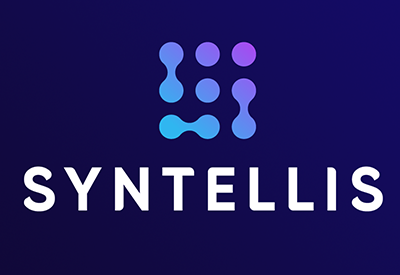How to Leverage Reimbursement Data When Entering a New Market
When scaling operations in a new market, healthcare organizations often question how to establish attractive market rates. Setting the correct rates can be challenging, and the stakes are high — entering a new market with rates that are too high can hinder growth.
The right data, insights, and tools are key to identifying the sweet spot when setting rates and planning for payer negotiations. Too often, however, payer negotiations are based on a team’s inaccurate knowledge of market rates or insufficient input from outside consultants.
Fortunately, there are more effective ways to use reimbursement data when entering new markets and preparing for negotiations. The key to success lies in understanding what data is needed, what insights that data can reveal, and how those insights can help your organization grow successfully.
Collecting the Right Data
All-Payer Claims 835 (remit data) is the ideal data to leverage for payer negotiations. All-Payer Claims Data (APCD) is a universal term for any data source containing multiple payers. It’s a dataset that enables detailed insight into patient movement throughout the healthcare continuum.
However, APCD, in its raw form, is cumbersome and challenging to work with. To be effective, it must be de-duplicated using patient ID, claim data, primary diagnosis, and/or procedure. It can also be helpful to layer in other datasets, such as Medicare, for enrichment.
Using Data to Reveal Actionable Insights
Properly cleaned and processed APCD can help healthcare organizations define metrics and better understand opportunities for growth. The data can reveal:
- A clean price per unit (PPU), which is not shown on a claim but is necessary for negotiations
- Summaries of PPU by region and payer ID, including:
- Ranges of rates within each region and for each payer
- Blinded rates by provider within each region and for each payer
- High-level distribution charts to illustrate claims
- Year-over-year rate comparisons to track increases and decreases
- Insights into how current payer contracts compare to the market
- Detailed comparisons of how reimbursement rates have changed over time from facility to facility
A tool created with the strengths of APCD in mind, such as Syntellis’ Axiom Market Reimbursement Analyzer, can help generate these insights, which are critical to ensuring your organization maximizes reimbursement rates when entering a new market. Axiom’s proprietary, curated APCD gives users access to quantifiable scoring metrics that ensure data integrity without complex modeling, in addition to quarterly data updates.
How the Right Data Sets the Stage for Success
Leveraging this intelligence, hospital and health system planners can adjust and improve their negotiation strategy. Backed by data that informs how their rates compare to the market — sometimes proving their rates are too low — providers can more confidently approach negotiations. Ideally, providers walk away from their negotiation with a per-unit lift from their payer’s initial offering. Ultimately, this can result in a significant increase in reimbursement and, therefore, revenue just from a single-payer negotiation.
Learn more about Market Reimbursement Analyzer, a tool powered by APCD that can deliver detailed reimbursement insights. Find out how your reimbursements compare to the market — especially when entering new markets — for more empowered payer negotiations and competitive rates.


